Here’s a market that China is ahead of the U.S. by miles – drones. This may sound unbelievable, but the Chinese sells more combat drones than the Americans, even to their allies in the Middle East. The U.S. does not supply Arabs with its armed drone technology due to strict export regulations. Such restriction provides the much needed opportunity to China.
Made-in-China Rainbow CH-4 is almost identical to Made-in-USA Reaper, the notorious drone manufactured by General Atomics. While the Chinese CH-4 lags slightly behind the Reaper, its AKD-10 warhead, the equivalent of the American Hellfire missile, has been proven to be highly-explosive and deadly when U.A.E. used them in the Yemeni Civil War.
The Chinese are flooding the Middle East with nice and cheap drones, the same way they are selling cell phones or cars. And they are not apologetic about how the design and look of their drones were copied from the original designer. At the end of the day, Chinese drones are 50% to 75% cheaper than the originals from the U.S., hence sells like hot cakes.
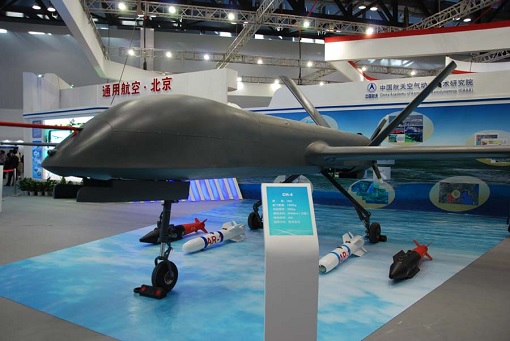
The U.S. allies in the Gulf have tons of money to buy American drones such as the deadly MQ-9 Reaper, a hunter-killer drone that can carry up to four Hellfire missiles as well as laser-guided bombs and joint direct attack munitions (JDAMs). But the U.S. refused to sell them, largely due to the risks that such weaponry could end up in the wrong hands.
China, on the other hand, was more than happy to sell their weaponised drones on the market. The U.A.E. has had Chinese Wing Loong I drones since 2016, and started receiving its purchases of the upgraded Wing Loong II – an armed unmanned aerial vehicle (UAV) equivalent to the American MQ-9 Reaper – in early 2018.
Saudi Arabia has bought China’s CH-4 and the deadlier Wing Loong II, and both countries have deployed their drones in Yemen. Last year, King Abdulaziz City for Science and Technology (KACST) signed a US$65 billion agreement with China Aerospace Science and Technology Corporation (CASC) to set up CH-4 production facility – the first drone factory in the region.
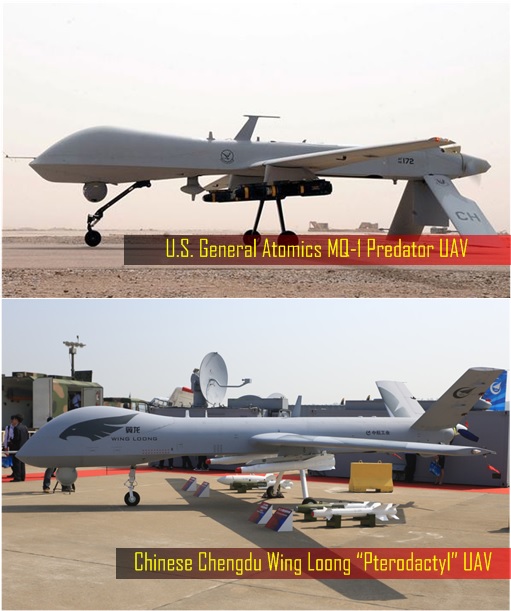
Actually, the Arabs do have American drones, but they are not capable of destroying targets. They are essentially a downgraded version, such as the US-made Predator XP, which only carry ISR camera but not the weapons systems. Traditionally, the United States, the United Kingdom and Israel have dominated the combat drones’ territory.
Historically, Israel is the largest drone exporter, with a market share of over 60% in the last three decades. The emergence of China has changed the landscape. From 2008-2017, China exported a total of 88 drones to at least 12 countries, ranking third among the world’s drone exporters – behind the United States (351) and Israel (186).
Still, most of the drones exported by the U.S. and Israel are made up of unarmed reconnaissance drones, while China’s sales focus on armed drones, the untapped market. In terms of combat drones sold for the same period (2008 to 2017), China exported 68 combat drones, ahead of the U.S. (62) and Israel (56).
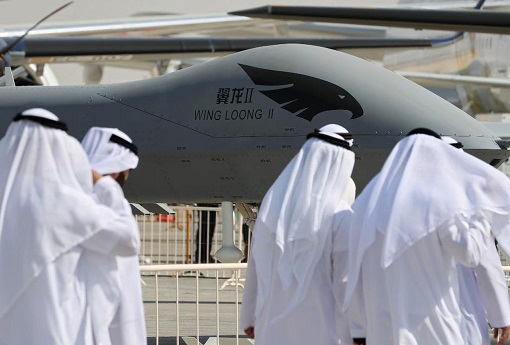
Countries that have purchased Chinese-made combat drones include Algeria, Egypt, Ethiopia, Iraq, Jordan, Myanmar, Nigeria, Pakistan, Saudi Arabia, Turkmenistan, the U.A.E, and Zambia. Interestingly, the three largest buyers of Chinese drones are Pakistan, Egypt and Myanmar. In comparison, Pentagon sells armed-Reaper drones only to UK, France, and Italy.
In November, as part of the Trump administration’s push to sell more weapons abroad, the State Department released updates to the CAT (Conventional Arms Transfer) policy specifically to speed up arms transfers and reduce previous restrictions. President Trump knew the region is a goldmine – nearly half of U.S. arms exports over the past five years have gone to the Middle East.
Lt. Gen. Charles Hooper, director of the Pentagon’s Defense Security Cooperation Agency (DSCA), said – “We want to make many of our unmanned aerial systems available to our partners. Many of them have been asking for some time, we’re going to move forward as quickly as possible.” The U.S. appears to have no choice but to compete with China in selling more drones to the Arabs.
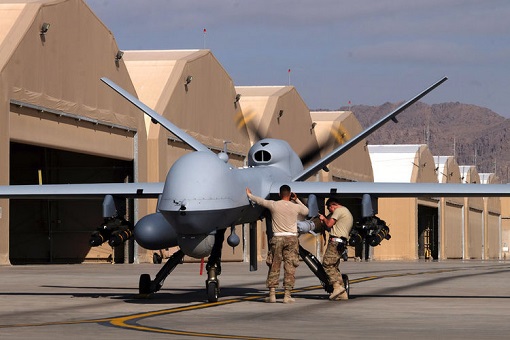
However, supplying the once restricted drones and its technology to the war-stricken Gulf could backfire on the United States. The U.S. provides its allies ISR (intelligence, surveillance and reconnaissance) services in exchange for access and leverage. It has been a clever long-term strategy to ensure the Middle East’s dependency on the U.S.
But if the U.A.E. and Saudi get hold of the combat drones and eventually gain expertise in using them, they will be less dependent on the Americans. Giving both Arab countries’ access to Predators or Reapers will also come back to haunt the U.S. if both authoritarian states start striking and killing more targets they don’t like, such as the people in Yemen.
One of the reasons why the U.S. has refrained from selling drones technology to the U.A.E. and Saudi Arabia, hence losing market share to China, is the mismatch of priorities, ideology, human-rights and whatnot. China’s “no questions asked” policy allowed it to quickly gain a foothold in the lucrative Middle East drone market and aggressively expand the course of the proliferation of cheap drones.
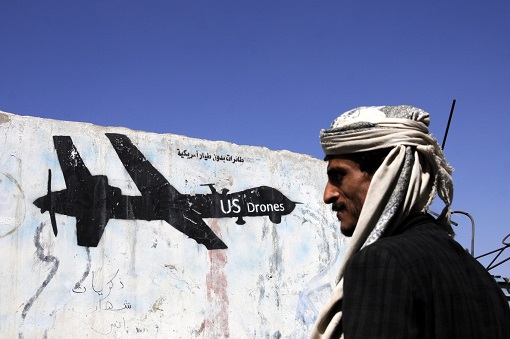
The Saudi-China partnership allows the license production of 300 drones. The license drones are not exclusively intended for the Saudi Royal Air Force – Riyadh can explicitly sell them to other countries in the region. In view of the fact that Saudi is a well known terrorist sponsor and supplier, there is a possibility combat drone could end up in terrorist’s hands.
Other Articles That May Interest You …
- China Navy Force Expansion – Warships Dock In Cambodia, Triggering Fears Of A New Naval Base
- A Chinese $2 Billion Investment Is Ready To Take Over An Israel Port – And The U.S. Is Unhappy
- Trump Has 2 Ways To Stop China From Becoming A Global Leader In Technology
- Arab VS Arab – Can’t Beat Them, So Saudi Plans To Turn Qatar Into An Island By Digging A 2.8 Billion Riyals Canal
- Vanuatu Military Base – Australia Panic As China Secretly Militarizing Its Backyard
- Chinese Flag Raised At Sri Lanka Port Raises Concern Of China Secret Naval Base
- Saudi Prince Finally Admits Extremism, Promises A U-Turn Back To “Moderate” Islam
- Forget South China Sea, China Is Dominating Indian Ocean – And India Isn’t Happy
- Arab VS Arab – The Hidden Reasons Why Saudi & Its Gang “Unfriend” Qatar

|
|
February 21st, 2019 by financetwitter
|


|

|

|

|

|

|




























Comments
Add your comment now.
Leave a Reply